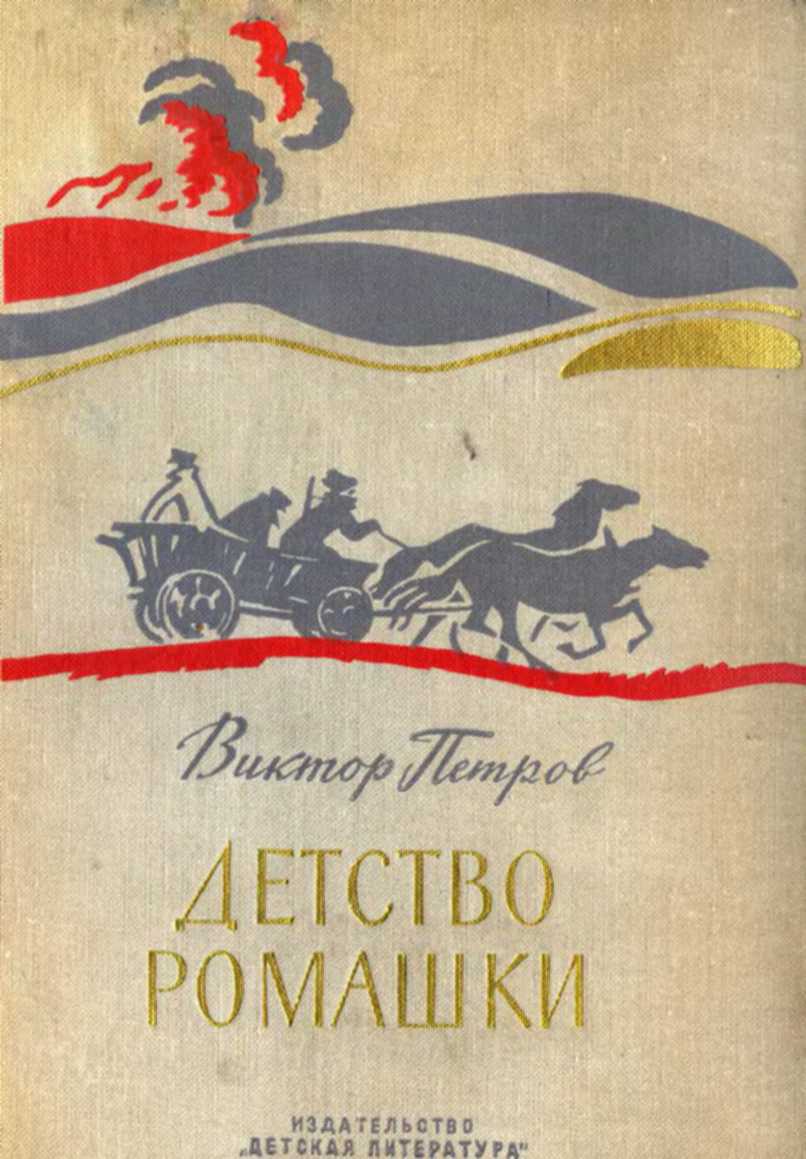class="p">Notes to Chapter 9 653
223. Keller (1989, pp. 133–36).
224. Womack, Jones, and Roos (1990, p. 87).
225. Pil and Rubinstein (1998); Taylor (2010, p. 81–91).
226. Ingrassia (2010, p. 128).
227. David Hanna, “How GM Destroyed Its Saturn Success,” Fortune, March 8, 2010.
228. Irwin (2017, p. 605).
229. Berry, Levinsohn, and Pakes (1999).
230. “Total Vehicle Sales,” FRED, Federal Reserve Bank of St. Louis, https://fred.stlouisfed
.org/series/TOTALSA (accessed February 24, 2021).
231. Train and Winston (2007), Table 2.
232. Ingrassia (2010, p. 90).
233. Keller (1989, p. 196). Michael Jensen (1993, p. 858) estimated that GM’s investments in
automation and R&D in this period were so unproductive that the company could have earned $100 billion more by putting its money in a bank account of equivalent risk.
234. Levin (1995, p. 76). Both GM and Chrysler also bought car-rental companies, which they used to dump their least-popular cars and to try out new models (Yates 1996, p. 11).
235. Ingrassia (2010, pp. 80–89).
236. Levin (1995, p. 93).
237. Yates (1996, p. 37).
238. Levin (1995, pp. 100–103).
239. Greenspan (2008, pp. 111–12).
240. Ingrassia (2010, pp. 96–97).
241. Helper and Henderson (2014, p. 65). 242. Porac et al. (2001, pp. 240–41).
243. Ingrassia (2010, pp. 114–16). Light trucks were and are subject to CAFE fuel-economy standards, but the targets are set lower than for car fleets. Light trucks were and are also subject to a 25 percent tariff, the so-called chicken tariff, imposed in 1962 in retaliation against a Euro- pean levy, long since revoked, on American poultry (Irwin 2017, pp. 525–26). As a result, Euro- pean automakers exited this market; and all Japanese light trucks for the American market are made in North America. In the early twenty-first century, the NUMMI plant was cranking out Toyota pickup trucks. Since 2010, the plant has been owned and operated by Tesla Motors.
244. Yates (1996, pp. 75–79).
245. Levin (1995, pp. 238–39).
246. Hyde (2003, p. 283).
247. Ingrassia (2010, p. 109).
248. Helper and Sako (1995).
249. Jacobides, MacDuffie, and Tae (2016, p. 1951). 250. Fine and Raff (2002, pp. 428–29).
251. Yates (1996, pp. 291–301).
252. Ingrassia (2010, p. 113).
253. Fine and Raff (2002, p. 429).
254. Ingrassia (2010, pp. 131, 168–73).
255. Dertouzos, Lester, and Solow (1989, pp. 216–18). 256. Chandler (2001, pp. 32–34).
654 Notes to Chapter 9
257. Cowie (1999, pp. 12–40). 258. Graham (1986, pp. 74–75). 259. Shimotani (1995)
260. Fruin (1992, p. 149).
261. Cusumano, Mylonadis, and Rosenbloom (1992, p. 63).
262. Cohen (1987, p. 360).
263. Shimotani (1995, p. 58).
264. Matsushita (by then Panasonic) would ultimately acquire Sanyo, but not until the
twenty-first century. At the same time, the company also reacquired Matsushita Electric Works (by then Panasonic Electric Works), the electrical-equipment unit that had been spun off during the occupation.
265. Nathan (1999).
266. Tilton (1971, p. 154).
267. Nathan (1999, pp. 46–48).
268. Gregory (1986, p. 174).
269. Goldstein (1997, pp. 181–84).
270. Klepper (2016, pp. 198–99).
271. Chandler (2001, pp. 40, 68).
272. Sobel (1986, p. 212).
273. Jimmy Carter, “Proclamation 4511—Implementation of Orderly Marketing Agreement
on Certain Color Television Receivers,” June 24, 1977, The American Presidency Project, https://www.presidency.ucsb.edu/node/243984 (accessed August 9, 2022). Similar agreements were soon put in place for Korea and Taiwan as well (Gregory 1986, p. 174).
274. Gregory (1986, p. 14).
275. Matsushita Electric Industrial Co., Ltd. v. Zenith Radio Corp., 475 U.S. 574 (1986).
276. Elzinga (1989).
277. Cusumano, Mylonadis, and Rosenbloom (1992).
278. JVC was the Japan Victor Company, which had separated from RCA during the war,
though it was still permitted to use the Victor trademarks. During this period it was majority owned by Matsushita.
279. Nathan (1999, pp. 151–55). The audio cassette tape on which the Walkman relied had been invented in 1963 by Philips. Neil Genzlinger, “Lou Ottens, Father of Countless Mixtapes, Is Dead at 94,” New York Times, March 11, 2021.
280. Graham (1986).
281. Cusumano, Mylonadis, and Rosenbloom (1992, p. 62).
282. Sobel (1986, p. 254).
283. Graham (1986, p. 213).
284. Sobel (1986).
285. Chandler (2001, p. 37); Sobel (1986, pp. 199–209).
286. Sobel (1986, p. 259).
287. John Crudele, “G.E. Will Purchase RCA in a Cash Deal Worth $6.3 Billion,” New York
Times, December 12, 1985, p. 1.
288. Nohria, Dyer, and Dalzell (2002, p. 19). Thomson was GE’s French counterpart, also
springing from the tree of Elihu Thomson.
Notes to Chapter 9 655
289. Nohria, Dyer, and Dalzell (2002, pp. 1–14).
290. Fortune 500 Archive, https://archive.fortune.com/magazines/fortune/fortune500 _archive/assets/1980/1.html (accessed August 23, 2022).
291. Nohria, Dyer, and Dalzell (2002, p. 15).
292. Gryta and Mann (2020). In November 2021, GE announced that it was breaking what remained of the company into three more specialized pieces. Over the course of the twenty-first century, the GE shed almost half its workforce and plummeted in value from a high of $600 billion in the year 2000—the equivalent today of nearly $1 trillion, making it the most valuable company in the US that year—to $120 billion at its breakup. Thomas Gyrta, “‘The End of the GE We Knew’: Breakup Turns a Page in Modern Business History,” Wall Street Journal, Novem- ber 9, 2021.
293. Gabor (2000, pp. 314–21).
294. In 2015, through the agency of KKR (which retained a 10 percent share), GE sold the Appliance Park, along with the whole of its appliances business, to the Chinese firm Haier. An earlier proposal to sell the unit to Sweden’s Electrolux fell apart when the antitrust division threatened action. Laurie Burkitt, Joann S. Lublin, and Dana Mattioli, “China’s Haier to Buy GE Appliance Business for $5.4 Billion,” Wall Street Journal, January 15, 2016.
295. Nohria, Dyer, and Dalzell (2002,





